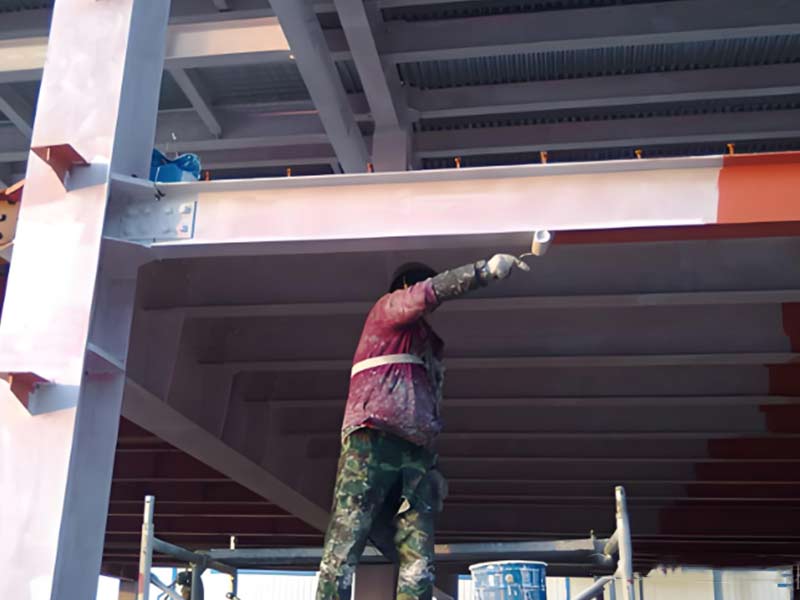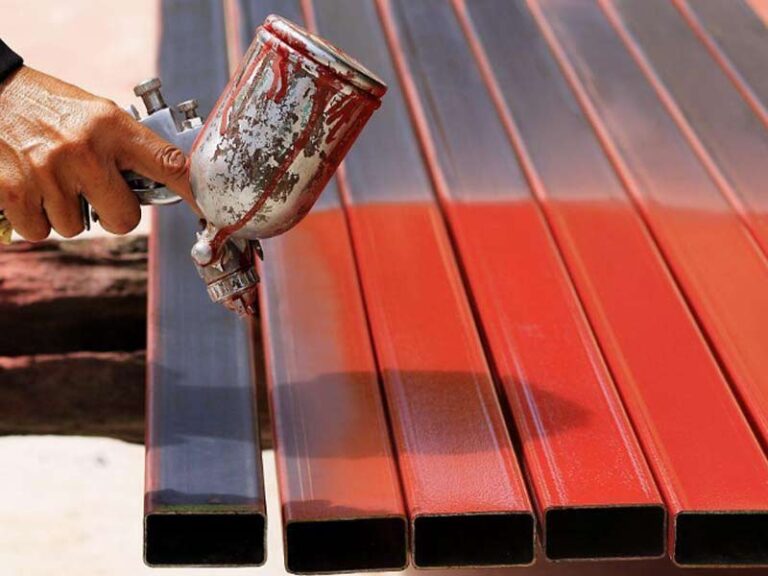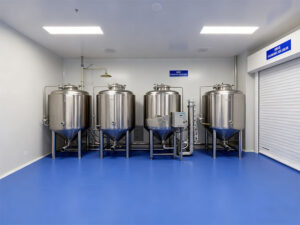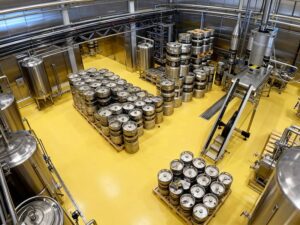In the field of coatings, acrylic paint and alkyd paint are two widely used types, each with distinct compositions, drying speeds, applications, performance characteristics, and price differences. To provide a deeper understanding of these coatings, the following sections will explore the differences between acrylic and alkyd paint across five key aspects.
Composition of Acrylic Paint and Alkyd Paint
Acrylic paint is primarily composed of acrylic resin, pigments, solvents, and additives. The acrylic resin acts as the primary film-forming agent, offering exceptional weather resistance, water resistance, and chemical resistance. Solvents dissolve the resin and adjust viscosity, while additives improve application and film-forming properties.
In contrast, alkyd paint consists of alkyd resin, pigments, solvents, and drying agents. Alkyd resin is synthesized from polyols, polyacids, and fatty acids, resulting in strong adhesion and flexibility. Solvents and drying agents facilitate resin dissolution and accelerate curing, respectively.
Drying Speed of Acrylic Paint and Alkyd Paint
Acrylic paint dries faster due to the high molecular reactivity of acrylic resin, allowing rapid film formation. This enables quicker project completion, as the paint reaches full cure in a shorter time.
Alkyd paint, however, dries slower because of its complex molecular structure. The curing process requires extended drying periods, necessitating proper ventilation and humidity control during application.
Applications of Acrylic Paint and Alkyd Paint
Acrylic paint excels in outdoor applications such as automotive, marine, bridges, and building exteriors due to its superior weather resistance and durability. It’s also used for indoor furniture and wood finishes.
Alkyd paint is favored for wooden surfaces (e.g., furniture, doors, flooring) and interior decoration because of its adhesion and flexibility. While suitable for low-demand outdoor projects (e.g., fences), its weather resistance is inferior to acrylic paint.
Performance of Acrylic Paint and Alkyd Paint
Acrylic paint outperforms in UV resistance, chemical resistance, and long-term gloss retention. It withstands sunlight, rain, and corrosive substances, making it ideal for harsh environments.
Alkyd paint offers excellent adhesion and scratch resistance but degrades faster outdoors, losing gloss and developing chalking or peeling. Its chemical resistance is weaker, limiting its use in corrosive settings.
Price of Acrylic Paint and Alkyd Paint
Acrylic paint is more expensive due to its advanced performance and broader applications. Alkyd paint is more affordable, appealing to cost-conscious users for less demanding projects.

Conclusion
The difference between acrylic and alkyd paint lies in their composition, drying time, uses, durability, and cost. For long-term outdoor protection, acrylic paint is the superior choice, while alkyd paint remains a budget-friendly option for interior wood finishes. Selecting the right paint ensures optimal performance and longevity for your project.







